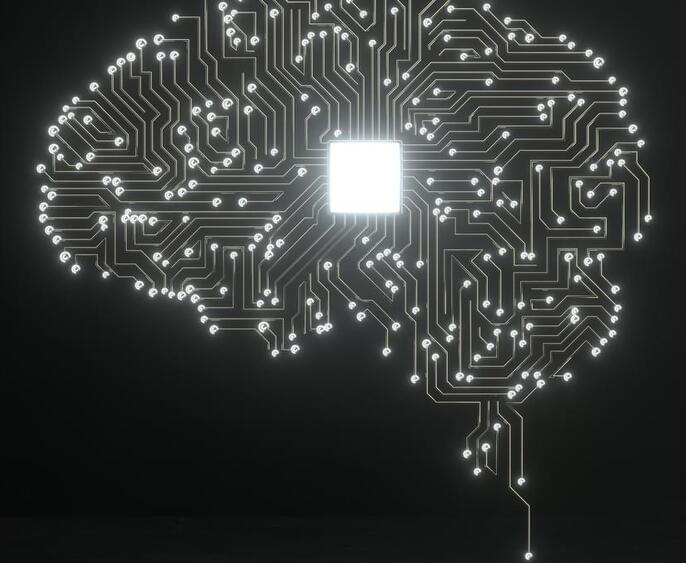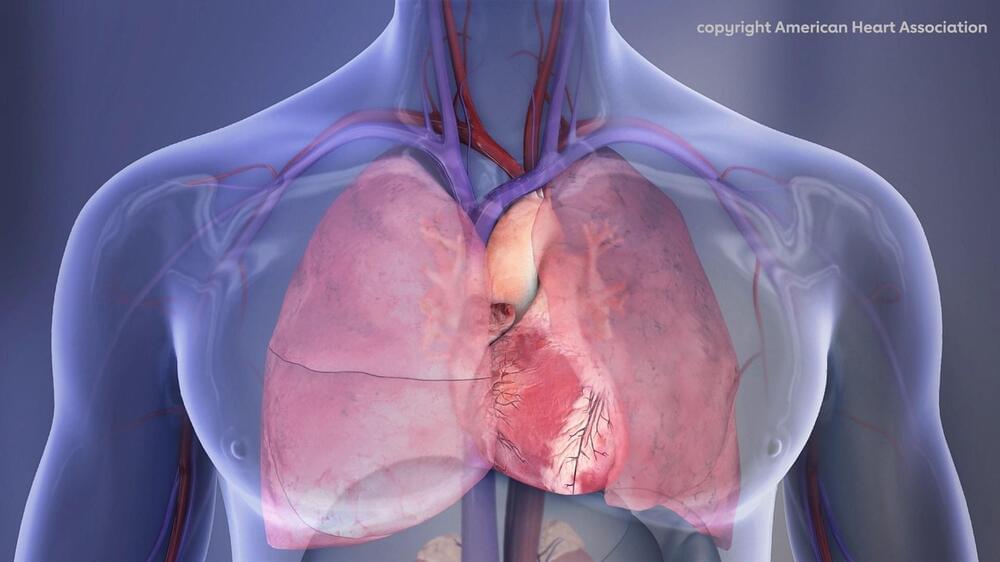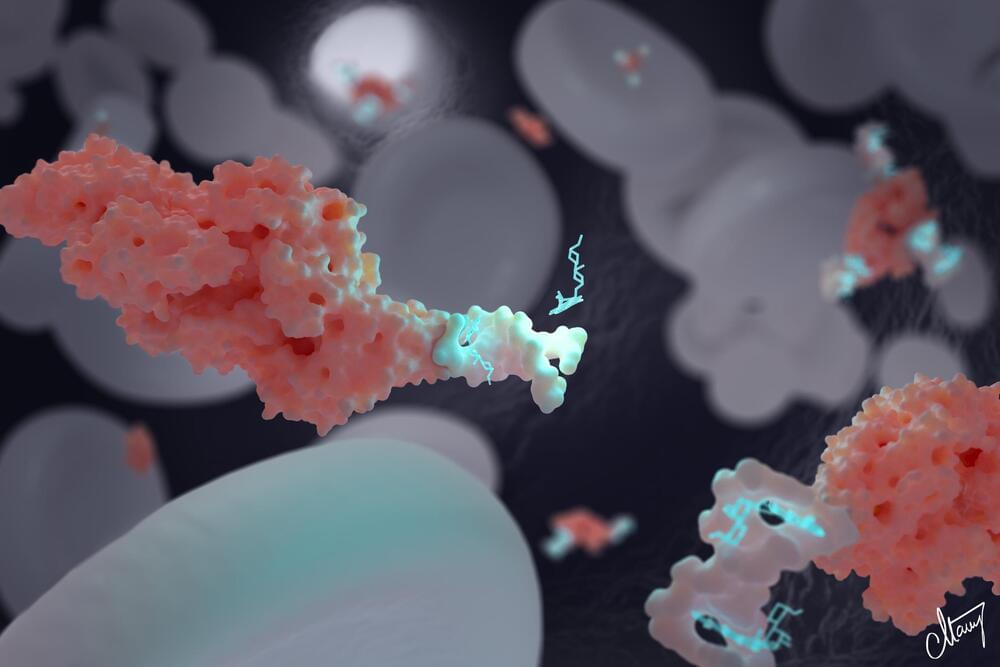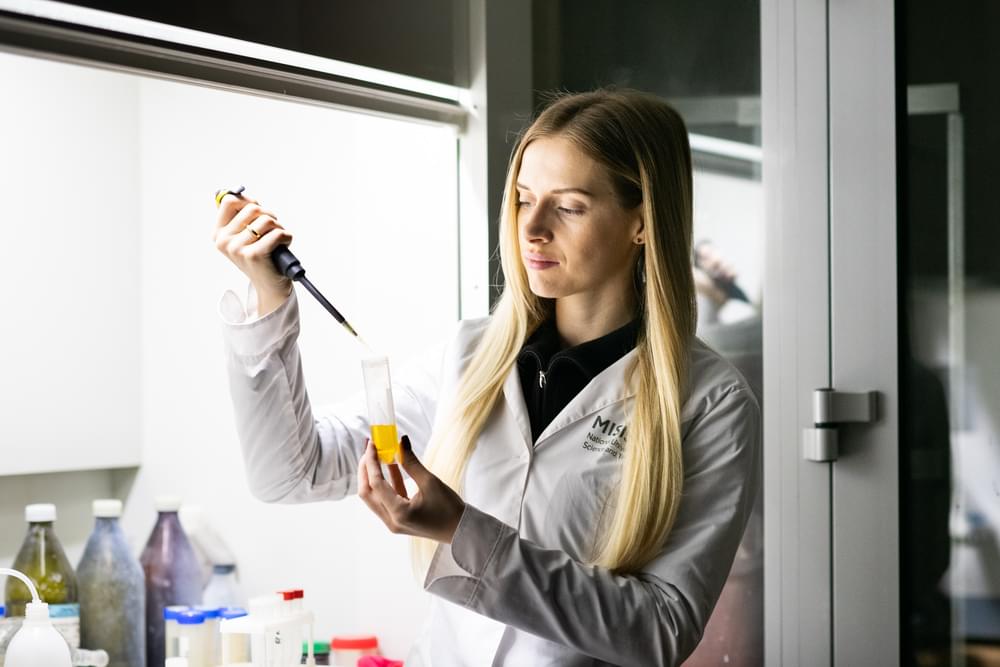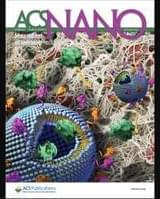Nov 2, 2022
Studio MOM creates mycelium cycle helmet MyHelmet
Posted by Shubham Ghosh Roy in category: materials
Sisti was able to further develop the design after joining Studio MOM, testing a wide range of material compositions to find the most effective solution.
The various elements of the helmet are combined during the process. This allows the mycelium to bond with the hemp textile that forms the strap and outer skin, providing extra support and removing the need for glue.
Studio MOM has carried out a series of initial tests to ensure the product’s safety for use.


